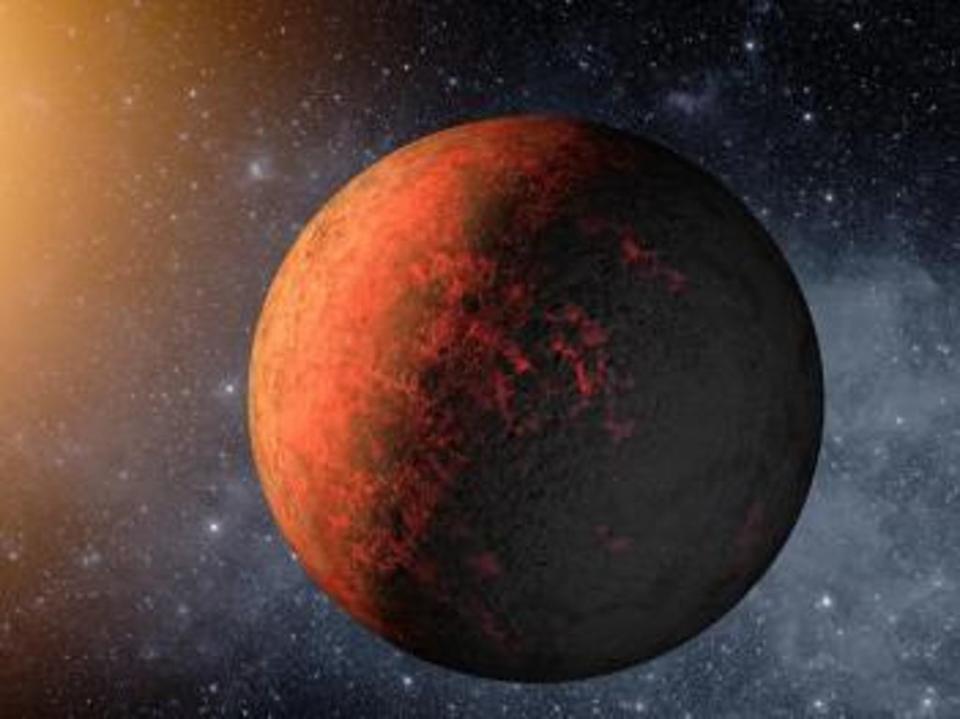Super-Earths pulled into strange vertical orbits - and scientists may finally know the mysterious force behind it

Astronomers have a new theory to explain a strange star system with planets that orbit it at a right-angle to each other.
The researchers from the University of Geneva found that two of the planets vertically orbit a star 150 light-years away called HD3167, passing over its poles. A third planet revolves around its equator – and suggests there is an as-yet discovered force at work.
The two vertically orbiting planets around HD3167 were discovered in 2016 and 2017 and are believed to be super-Earths (sized between Earth and Neptune). One moves around the star every 8.5 days, while the other takes approximately 30 days. The more mysterious third planet, which is estimated to have five times the mass of Earth, is closer than the other two – orbiting the star once every Earth day.
Discovering this small object (called HD3167b) was difficult for astronomers because of its small size but using the Very Large Telescope (VLT) in Chile and its ‘Espresso’ spectrometer they managed to determine the tiny planet’s orbit.
“We needed a maximum amount of light and a very precise spectrograph to be able to measure the signal of such a small planet,” says Vincent Bourrier, a researcher from the University of Geneva who led the study published in Astronomy & Astrophysics. “Two conditions that are met by Espresso, combined with the collecting power of the VLT.
None of these planets are habitable, although if an astronaut had a telescope and were looking at the other planets they would be travelling vertically in the sky, but this strange configuration suggests the presence of another, fourth planet – much larger than the rest.
The measurements suggest that this as-yet unknown planet is approximately the size of Jupiter, and it is only the proximity between HD3167b and the star which kept it in orbit.
The two other super-Earths were able to escape from the pull of the star, only to come under the influence of this other, mysterious planet – which likely orbits the star every 80 days, according to research from the University of Exeter’s Shweta Dalal - that changed their orbit from horizontal to vertical.
Read More
Google wins huge court ruling over privacy
Facebook reportedly said no problem even as staff memos flagged hate speech in India
Crypto rivals follow bitcoin in hitting new all-time highs – follow live

 Yahoo Finance
Yahoo Finance 